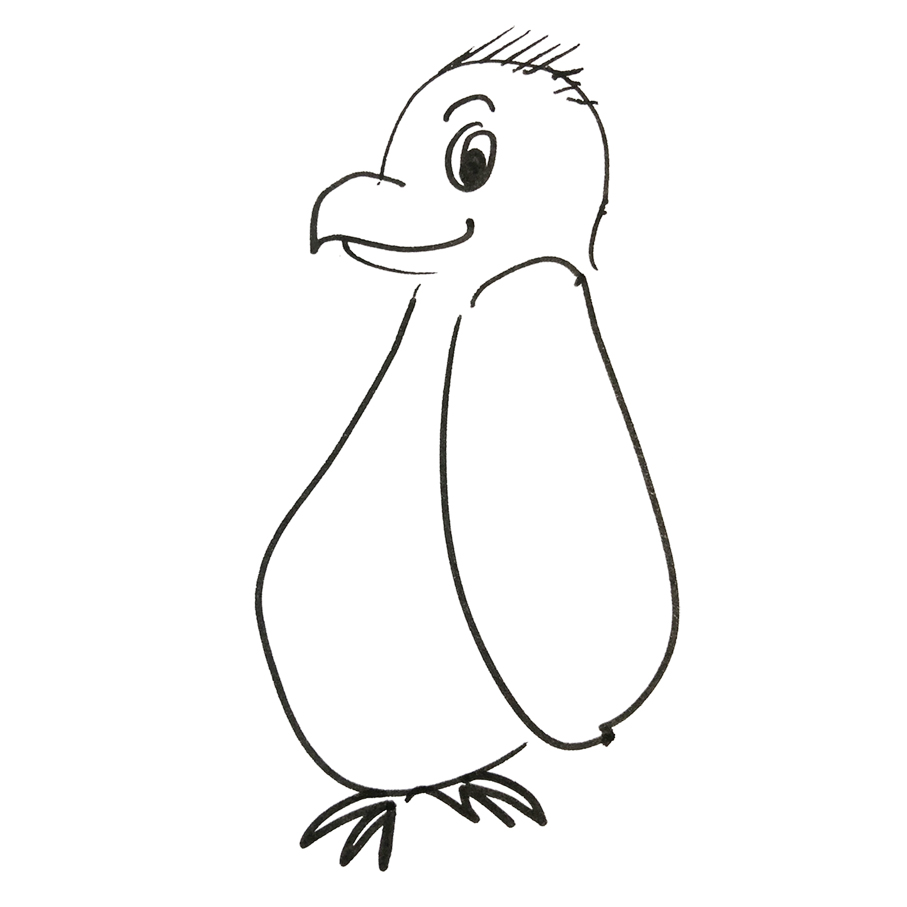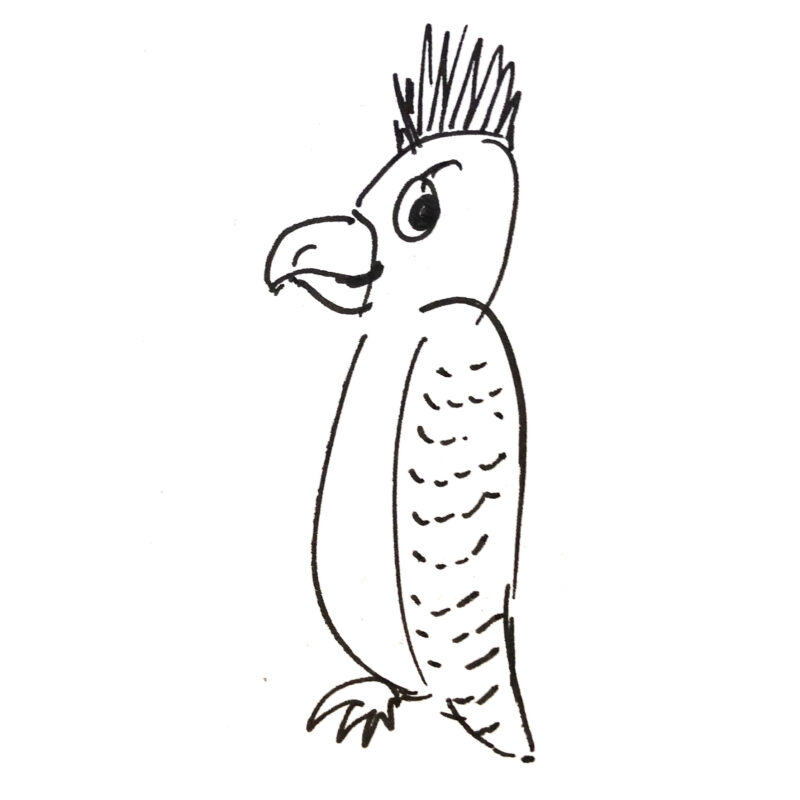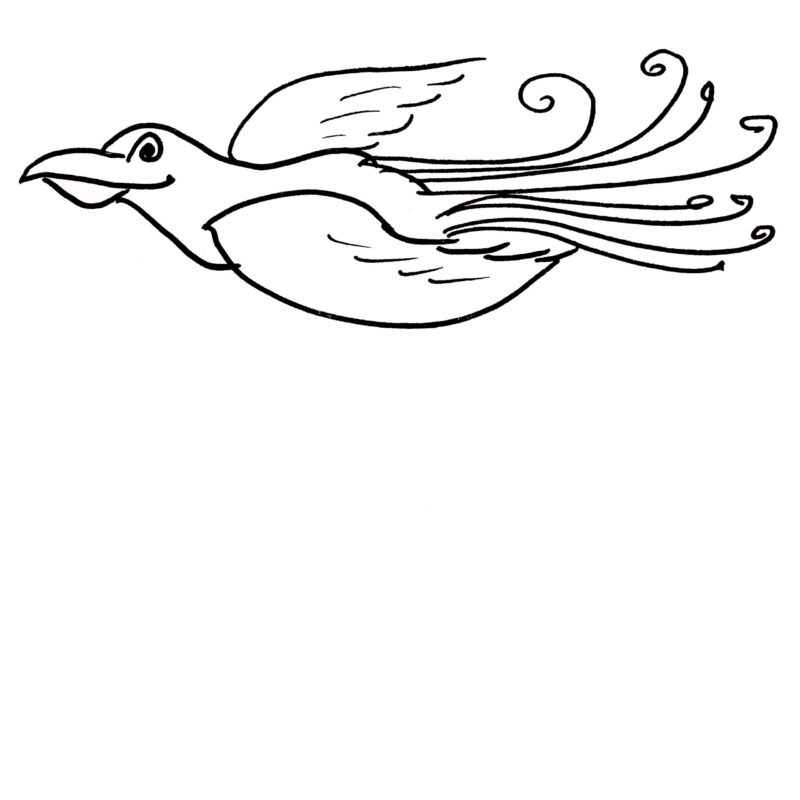#3 Know the Difference: translation, transcreation and copywriting
“The limits of my language are the limits of my world.” Ludwig Wittgenstein
Language is a funny thing.
We can use it to describe and express just about anything. But, by defining something in words, we immediately limit that thing to that specific definition.
And we may not even agree on exactly what a given word means in the first place!
In this guide we look at the different terms you’ll come across when exploring the world of translation and how to use them.
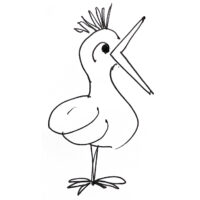
Translation
Something that is translated, or the process of translating something, from one language to another.
For most people “translation” probably brings to mind a simple process, a bit like Google Translate, that of taking individual words in one language and translating them into another language. This, however, is the most limited possible definition of the term, and it’s certainly not what a professional translator does.
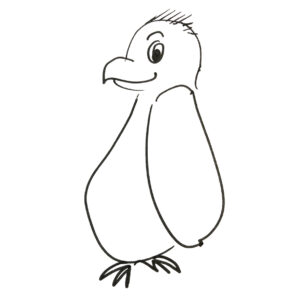
Interpretation
An explanation or opinion of what something means. Or is it?
Good translation of any text requires some degree of “interpretation”. This is another term that can cause confusion. In the translation industry, “translation” is the translation of the written word, whereas “interpreting” is the service that involves translating the spoken word.
For us “interpretation”, as part of understanding translation projects and process, is the need to make assumptions about the intent of the words to be translated in order to find the best way to express that intent in the other language. This often requires different levels of emotional intelligence, subject knowledge and creativity.
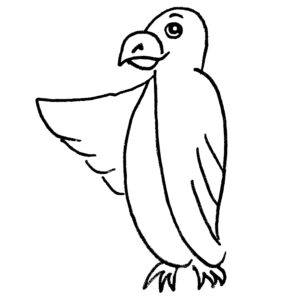
Creativity
The ability to produce or use original and unusual ideas.
So what do we mean by “creativity”? You might not think of translation as being a creative process. Indeed, you could argue that nothing new is being “created”. Yet, a professional translator would tell you that creativity is definitely part of their work to accurately convey intent and meaning when there are no directly relating terms in different languages. The fact that it is a creative process explains why machine translation (Google Translate, DeepL and many others) can never replace a human translator when quality and true meaning is crucial.
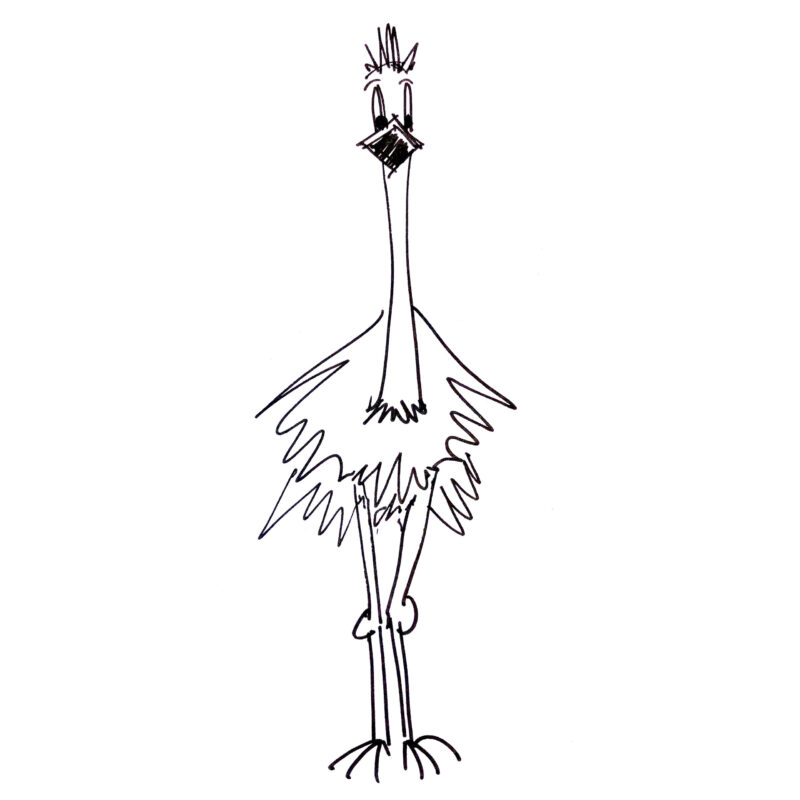
Transcreation
The transfer of ideas from one language to another
So if we agree that translation is a “creative” process, why do we need the term “transcreation”? And what is “transcreation” exactly?
The term “transcreation” is useful to add more meaning to the process and complexities involved in translating ideas from one culture to another.
Technically speaking, transcreation is translation that calls for a particularly high degree of creativity, but it always involves taking a text in one language and conveying that same message into another language.
In practice, the term is generally used for marketing translations and is itself used as a marketing term by translators to convey to our customers the complexity and, more importantly, the skill and added value of translating marketing content.
Another practical distinction between translation and transcreation is that it is generally necessary for the customer to prepare a brief beforehand so that the translator better understands the purpose of the text to be translated and the parameters within which they can work. Very much like a copywriting project, this brief will specify things like:
- the intended audience
- the tone of voice required, for example: formal or conversational
- the objectives of the text
Basically, a transcreation brief defines the boundaries for how creative the translator can be, in order to properly convey the intent of the source text.
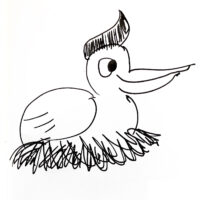
Copywriting
Writing text for the purpose of advertising or other forms of marketing.
As we’ve discussed, transcreation is a lot like copywriting. The main difference being that transcreation starts with a complete text in another language as a point of reference. Copywriting also starts from a brief but you begin with a blank sheet of paper.
In terms of translating a website, if you want to do it right, you’re going to need to understand these terms to ensure you get what you want: translating some sections, using transcreation for much of your content and some copywriting to create text written from scratch for new audiences and products.
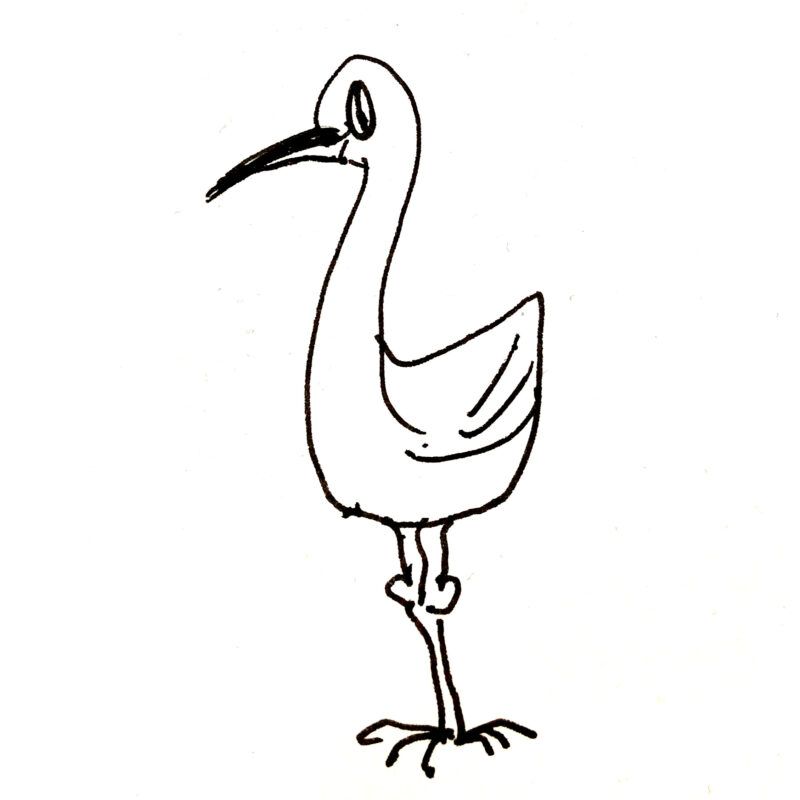
Localization
The processing of making something local in character or restricting it to a particular place
Finally, “localization” is another term you’ll come across. In a sense, localization encompasses translation, transcreation and copywriting, but it also specifically refers to all the technical (and technological) aspects of taking something “digital” (apps, websites, video games, etc.) and making it appropriate and attractive for an audience in different languages and cultures.
Ultimately, what does it all mean?
When it comes time to translate your words into another language, don’t think in terms of the narrow definition of “translation”.
You now know that making your words as effective in a foreign market, as they are in your domestic market, will take skill and creativity.
What you need is a creative translator who you can trust to understand your needs, your story and your values, and to then convey your message to a whole new audience. Whether or not that involves translating and adapting existing content or writing new content from scratch.
The power of words is in your and your translator’s hands, so it’s time to choose your translator!
Read the next in our free translation guides:
#4 Choose Wisely: how to pick the right translator
Little guides. Big results.
Guide written by Grey Drane. Discover the work of our translators.

